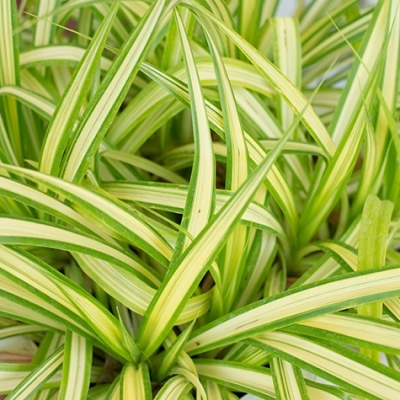General Information
The botanical name of Safed musli is Chlorophytum borivilianum. Its roots are used for preparing various drugs. It is an annual herb having average height of 1-1.5ft. Flowers are star shaped, 2cm across and yellow or green in color. Fruits are greenish to yellow in color and mainly produce in July – December. Roots are in cluster having black seeds. It is found mainly in tropical and subtropical Africa. Assam, Maharashtra, Andhra Pradesh and Karnataka are major Safed musli growing areas.




















